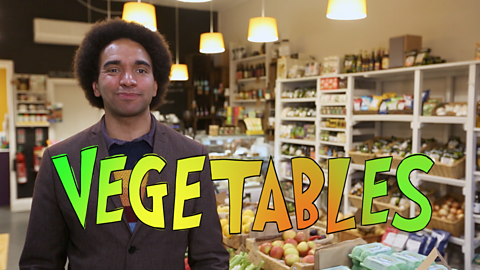Video summary
Poet Joseph Coelho explores how we infer meaning from poems and highlights that the same poem can mean different things to different people.
He also gives the audience the tools to logically justify their response to the poem, such as deduction and reference to evidence within the poem.
He discusses how poetic devices can change the audience's interpretation of a poem and how you can employ these devices to imbue meaning in your own poems.
He even looks at how the specific words the author chooses for the poem can change how the audience interpret it.
Teacher notes
Ideas for the classroom
Before watching:
Key Stage 1 (age 5-7):
Read aloud Give and Take by Roger McGough
Key Stage 2 (age 7-11):
Read aloud Dadaβs stories, by Joseph Coelho
Allow time for the children to respond with their likes and any dislikes as well as thinking of questions they have about the poem. Were there any words they didnβt understand? What were these? Read the lines containing these words again to the children and see if they can use the context to work out the meaning of these unknown words, clarifying vocabulary if necessary.
Read the poem aloud again for a second time. What do they think the poem is about? How do they know? Underline words or phrases in the text that help them to work out the meaning of the poem.
After watching:
Now read the poem a third time, looking at the words as they listen. Tell the children they are now going to help you to βdig deeperβ -like Joe explains in the video, to work out more about what the poet is saying, and why he might have written the poem. Who do the children think the I is in the poem? Why do they think that? Who or what gives us clean air, mountains, pure snow, spring fountains etc.? Who is the You that the I is speaking to?
Look at how the poem is set out on the page. What do you think the poet has given the poem this title? What messages do you think the poet might be communicating through this poem? Why might he be doing this? Give time for the children to read the poem again for themselves or have it read aloud to them. Give them a range of art materials and some good quality cartridge paper and allow time for them to create art in response to the poem. Display the different interpretations around a copy of the poem.
This short film will be relevant for teaching English at primary school.
How to perform poetry. video
Joseph Coelho explores all the different ways you can perform a poem.
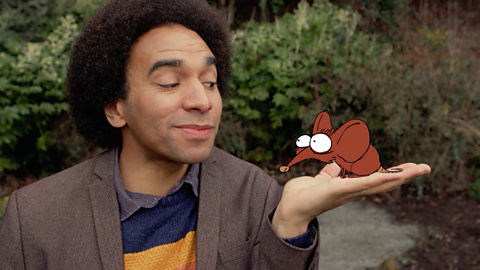
How to express yourself with poetry. video
Joseph Coelho explores the way we can express our feelings using poetry.
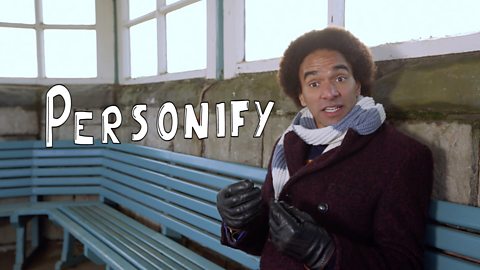
How to have fun writing poetry. video
Joseph Coelho explores onomatopoeia, phonics and all the ways you can have fun writing a poem.
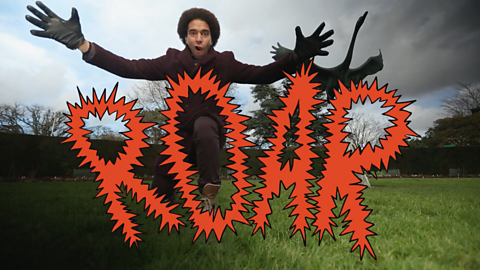
How to write poetry about your life. video
Joe Coelho explains how to write poetry about experience.
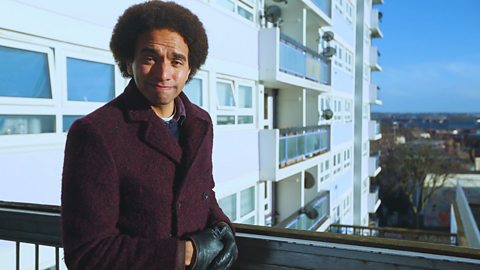
Playing with words. video
Joseph Coelho explores how poetic devices can enable children to develop their literacy skill.

Does poetry need to rhyme? video
Joseph Coelho shows that poetry doesnβt have to rhyme, but when it does, it can be inventive and witty.
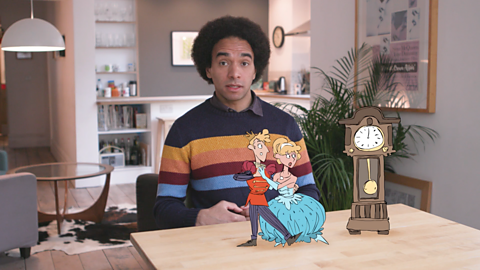
Poetry formats. video
Joseph Coelho explores haiku, limericks, sonnets and varying forms of poetry.
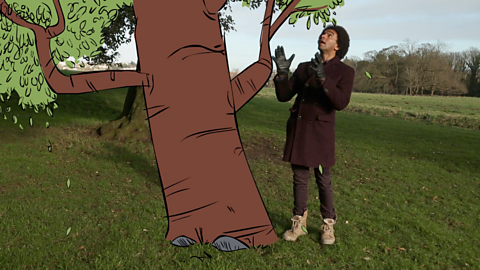
Making pictures with words. video
Joseph Coelho shows us how to utilise figurative and descriptive language to the best effect.
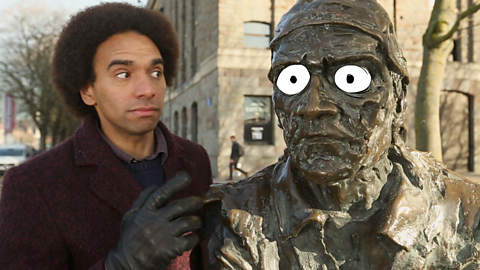
How are music and poetry connected? video
Joseph Coelho demonstrates how many of the elements that make up poems are often mirrored in music.
